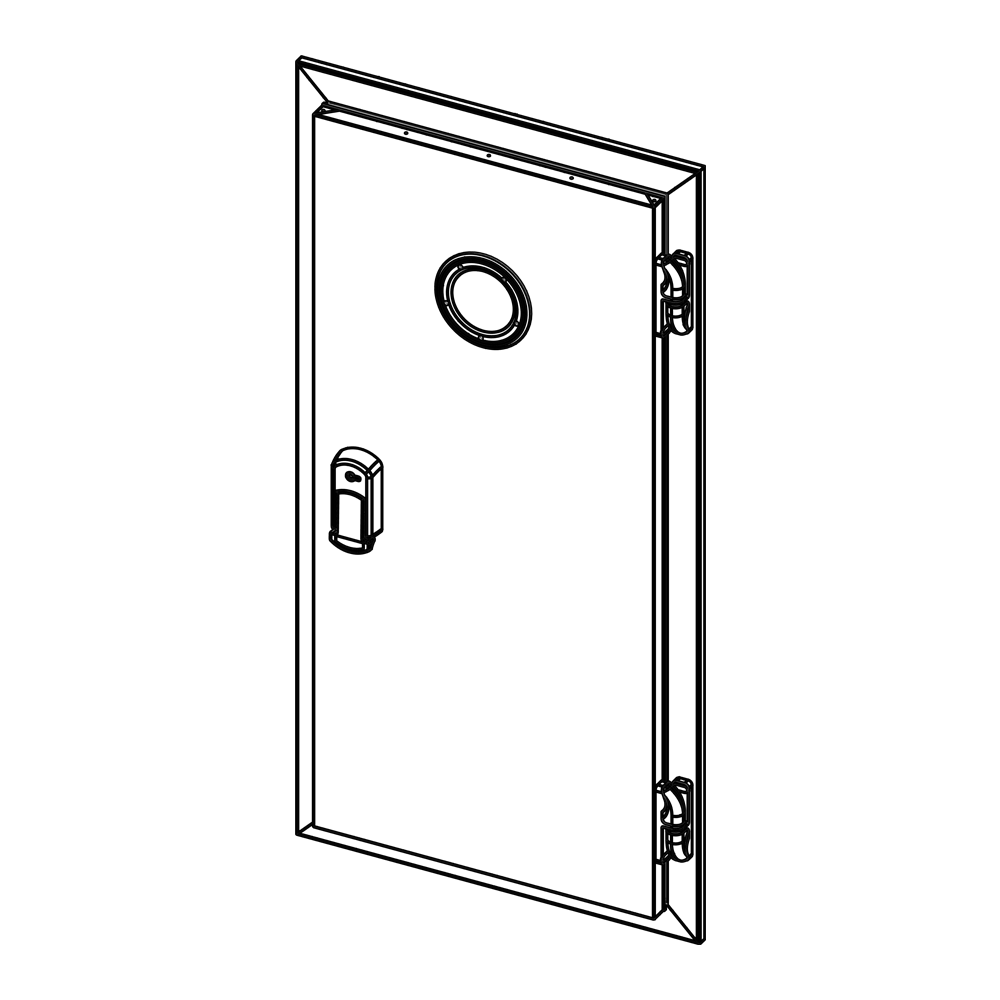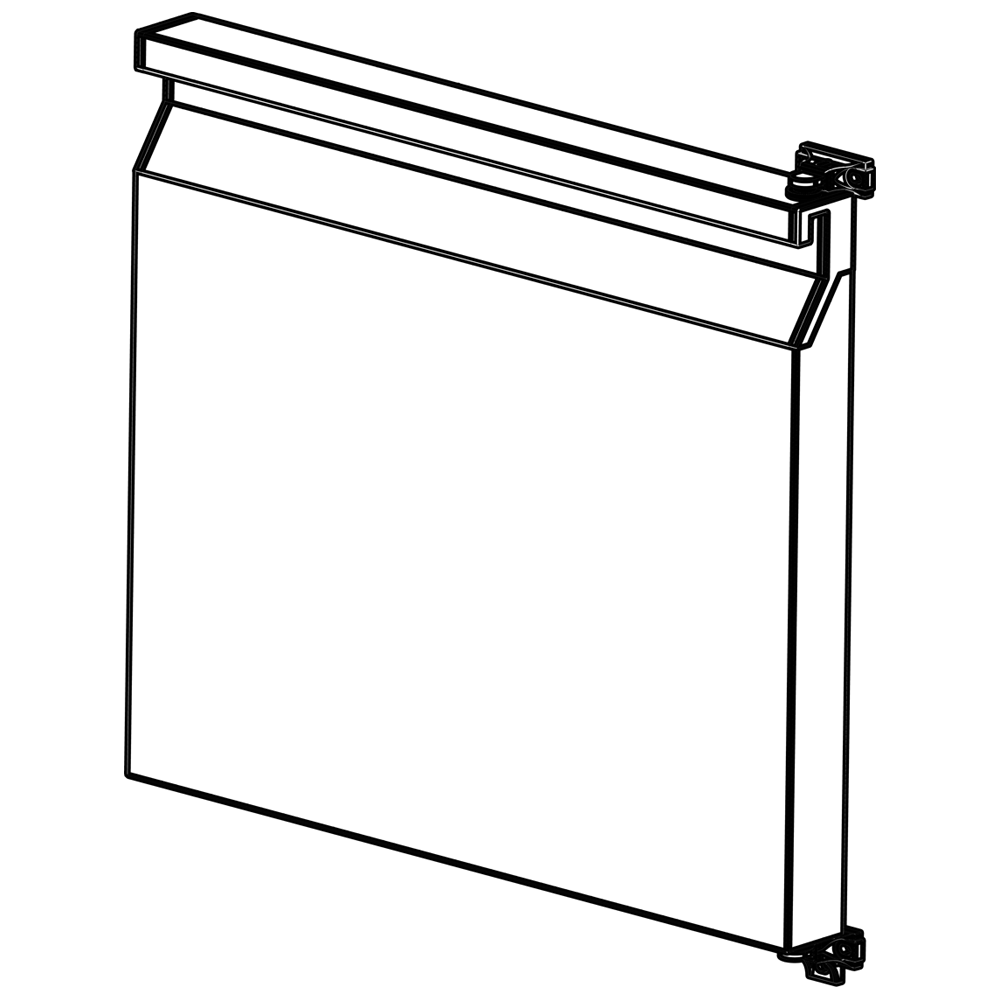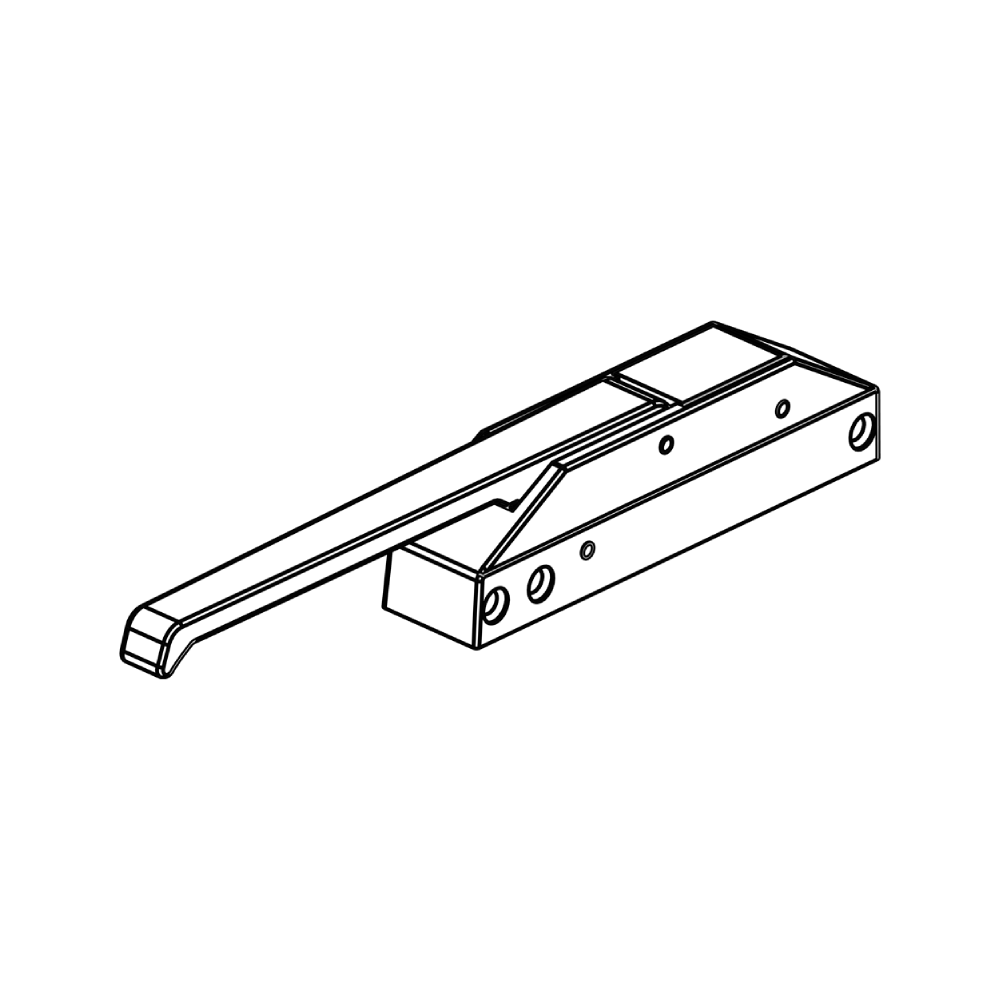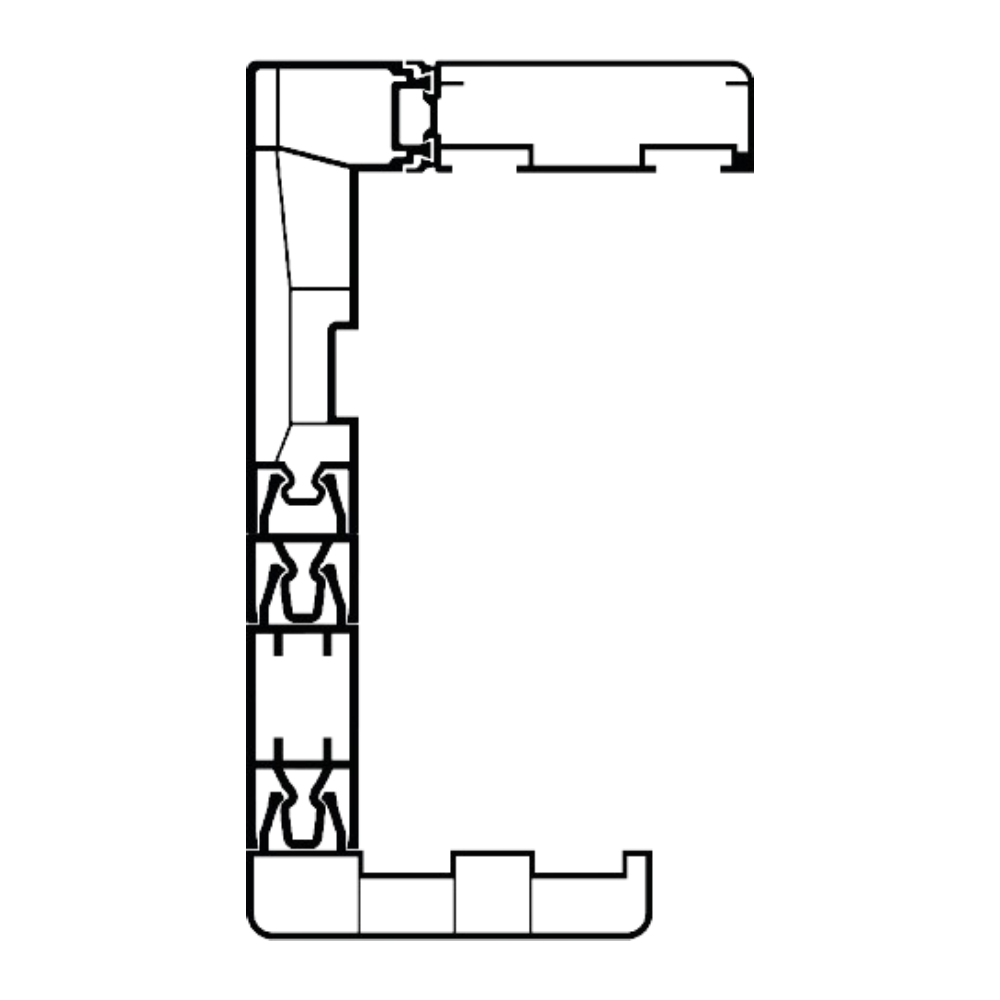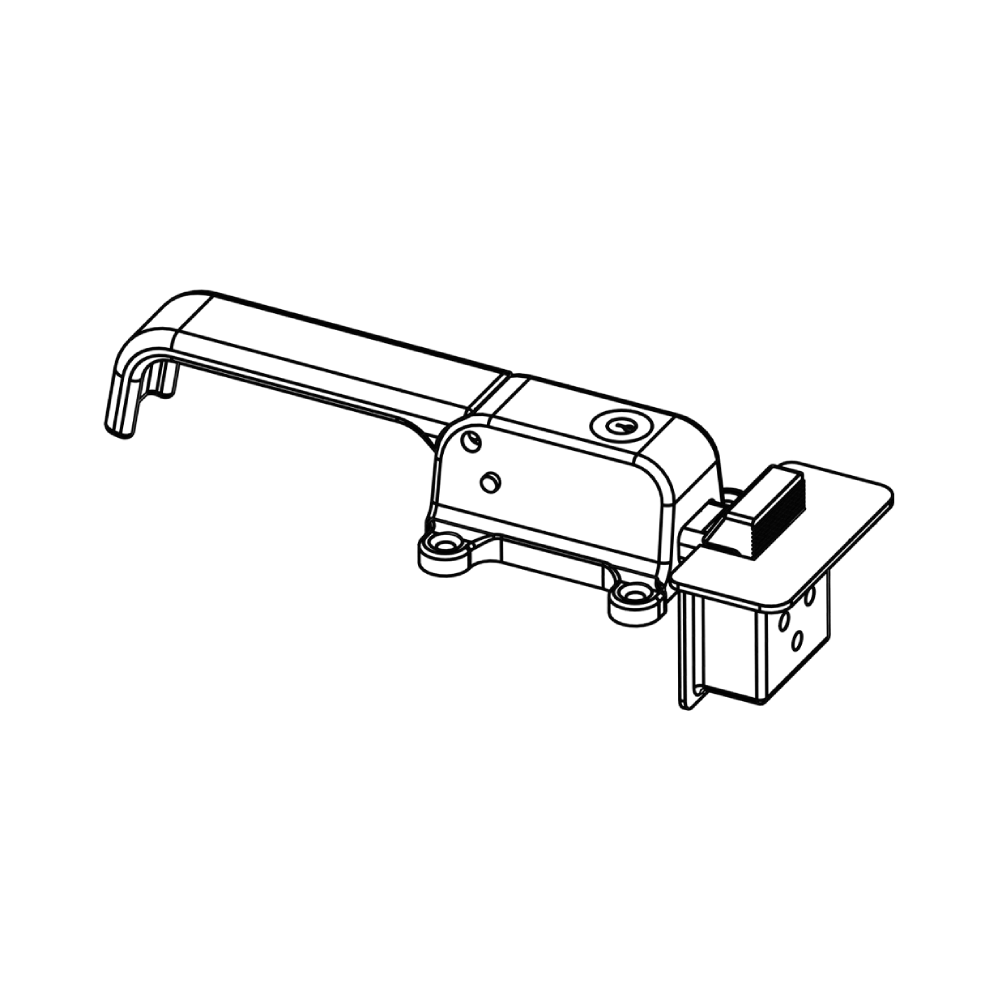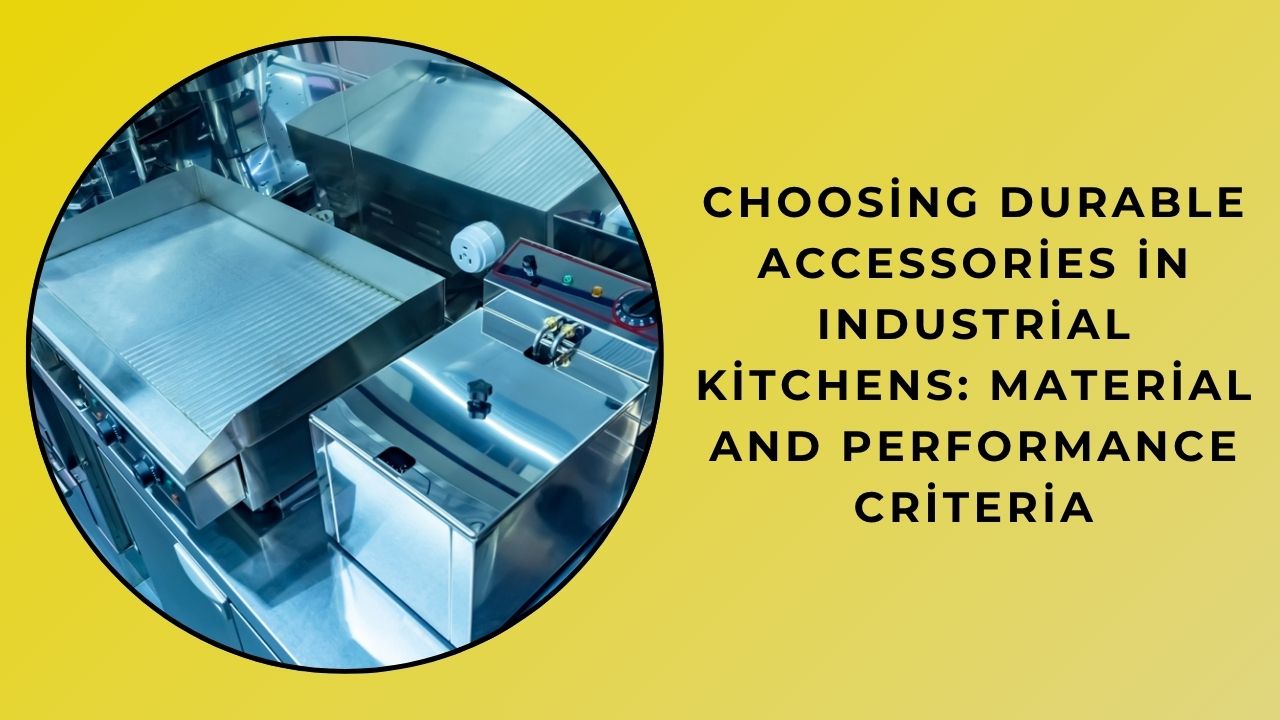Choosing Durable Accessories in Industrial Kitchens: Material and Performance Criteria
Table of Contents
- The Ultimate Guide to Industrial Kitchen Accessories: Selecting Materials for Maximum Durability and Hygiene
- Stainless Steel vs. Polymer: A Technical Comparison for Heavy-Duty Kitchen Accessories
- Critical Performance Criteria for Choosing Durable Utensils and Tools in a Commercial Kitchen
- How to Evaluate the Long-Term Value of Industrial Kitchen Equipment: A Buyer's Framework
- Beyond Stainless Steel: Are Advanced Composites and Coatings Right for Your Kitchen?
- What Makes an Accessory Truly Industrial-Grade? Decoding Specifications for Busy Kitchen Managers
The Ultimate Guide to Industrial Kitchen Accessories: Selecting Materials for Maximum Durability and Hygiene
The operational demands of an industrial kitchen necessitate a rigorous approach to material selection, where the primary objectives are durability and uncompromising hygiene. Selecting the appropriate materials for accessories is not merely a procurement decision but a critical investment in operational efficiency and food safety. The corrosion resistance of a material directly impacts its longevity and its ability to withstand constant exposure to moisture, cleaning chemicals, and acidic foods.
Stainless steel, particularly grades like 304 and the more robust 316, remains the benchmark for industrial applications due to its exceptional mechanical strength and inherent sanitary properties. Its non-porous surface prevents bacterial ingress and allows for effective sterilization through high-temperature dishwashers or steam cleaning. For components requiring high-wear resistance, such as cutting boards or countertop surfaces, advanced polymers like polyethene or high-density polypropylene offer excellent impact resistance and are often certified for food contact.
Beyond material composition, the manufacturing process is equally vital. Products from İmamoglu, for instance, are engineered with a focus on ease of cleaning, featuring seamless welds, radius corners, and a lack of crevices where contaminants can accumulate. This design philosophy minimizes downtime for cleaning and reduces the risk of cross-contamination, directly supporting HACCP protocols. The thermal stability of the chosen material is also critical, ensuring that accessories do not warp, crack, or leach chemicals when subjected to extreme temperature fluctuations.
A thorough lifecycle assessment is essential for justifying the initial capital expenditure on premium materials. While lower-cost alternatives may seem attractive, their frequent replacement costs and potential for compromising food safety make them a liability. Investing in high-grade materials from reputable manufacturers like İmamoglu translates to a lower total cost of ownership, enhanced compliance with food safety regulations, and sustained operational throughput. This strategic approach to material selection is a cornerstone of modern, efficient, and safe industrial kitchen management.
Stainless Steel vs. Polymer: A Technical Comparison for Heavy-Duty Kitchen Accessories
The selection of materials for heavy-duty kitchen accessories is a critical engineering decision that balances performance, durability, and total cost of ownership. Stainless steel, particularly grades like 304, offers an exceptional strength-to-weight ratio, making it the benchmark for industrial applications requiring long-term structural integrity.
Polymer composites, especially high-performance engineering plastics, present a compelling alternative with a significantly lower initial material cost. These polymers are injection molded, allowing for complex geometries and integrated features that reduce assembly time and labor costs, a key consideration for high-volume manufacturing.
In terms of corrosion resistance, stainless steel provides unparalleled performance against moisture, acids, and cleaning chemicals, ensuring a long service life even in harsh, high-temperature sanitation cycles common in commercial kitchens.
Conversely, advanced polymers can be formulated with additives to enhance their resistance to specific chemical agents, though they may be susceptible to degradation from prolonged exposure to high heat or certain solvents, impacting their lifecycle.
The ergonomic benefits of polymer are notable; its inherent thermal insulation properties prevent heat transfer, enhancing user safety, and its lighter weight reduces operator fatigue, a critical factor in high-volume food service environments.
From a manufacturing perspective, the tooling for injection molding represents a substantial upfront investment, but the per-unit cost and production speed for polymers are typically superior to the machining and fabrication processes required for stainless steel components.
Product lifecycle management must account for end-of-use scenarios; stainless steel is fully recyclable, retaining significant scrap value, while the recyclability of polymer blends depends on the specific resin types and local waste management infrastructure.
For brands like İmamoglu targeting the premium commercial sector, the choice often hinges on the intended product positioning; stainless steel conveys a message of professional-grade permanence, while advanced polymers can enable innovative, cost-effective designs without sacrificing functional robustness.
The decision is not a simple binary but a nuanced evaluation of the application's specific demands for hygiene standards, mechanical stress, thermal stability, and the desired brand perception in a competitive marketplace.
Critical Performance Criteria for Choosing Durable Utensils and Tools in a Commercial Kitchen
The selection of utensils and tools for a commercial kitchen is a critical operational decision that directly impacts productivity, safety, and total cost of ownership. For industrial engineers and product managers, the primary objective is to establish a set of performance criteria that ensures each item can withstand the rigors of a high-volume environment. This begins with a rigorous material composition analysis, focusing on grades of stainless steel, such as the 300 series, which offer superior corrosion resistance against acidic foods and harsh cleaning chemicals.
Beyond material science, ergonomic design is a non-negotiable factor for reducing repetitive strain injuries and maintaining staff efficiency during extended service periods. Tools must be balanced and feature non-slip, heat-resistant handles to ensure safety and control. Furthermore, the structural integrity of each piece—from the weld points on a whisk to the tang of a knife—must be evaluated to prevent failure under constant stress. A manufacturer like İmamoglu exemplifies this by prioritizing full-tang construction and seamless, hygienic joins in their product lines.
The commercial value of durability extends beyond mere longevity to encompass operational efficiency. A tool that maintains its edge, resists warping, and does not react with food preserves the quality of the final product and streamlines kitchen workflows. This reliability minimizes downtime for replacements and repairs, contributing directly to a more predictable and lower total cost of ownership. Decision-makers must weigh the initial procurement cost against the lifecycle value, where superior durability often presents a more favorable financial outcome.
Compliance with international safety standards and hygienic certification is paramount. Utensils must be designed for easy, thorough cleaning to meet health code requirements, often necessitating smooth surfaces, absence of crevices, and compatibility with commercial dishwashers and sanitizers. This focus on hygiene, combined with robust construction, ensures that the tools not only perform but also protect the business's reputation and operational continuity.
How to Evaluate the Long-Term Value of Industrial Kitchen Equipment: A Buyer's Framework
The acquisition of industrial kitchen equipment represents a significant capital expenditure, demanding an evaluation framework that extends far beyond initial purchase price. A robust methodology for assessing long-term value must incorporate a comprehensive total cost of ownership analysis, which accounts for energy consumption, maintenance schedules, and potential downtime.
Operational efficiency is a primary driver of value, where equipment with higher energy efficiency ratings directly reduces utility costs over the asset's lifespan. Evaluating the durability of construction materials and critical components is essential; stainless steel grades and motor specifications, for instance, are key indicators of a unit's ability to withstand rigorous daily use. The framework must also prioritize scalability, ensuring the equipment can adapt to increased production volumes without requiring complete replacement.
Technical specifications should be scrutinized for maintenance requirements, including the availability of spare parts and the complexity of servicing. Equipment designed with modular components often yields lower lifetime maintenance costs and minimizes operational disruption. Furthermore, assessing the manufacturer's reputation for reliability and the robustness of their technical support network is a critical, often overlooked, component of the valuation.
Integrating a lifecycle assessment into the decision-making process provides a holistic view of the equipment's economic and environmental impact. This includes forecasting its end-of-life resale value or recycling potential. A manufacturer like İmamoglu, known for its engineering rigor, often provides detailed technical data sheets that facilitate such a thorough analysis, enabling a data-driven procurement strategy.
This systematic framework transforms the procurement process from a simple transaction into a strategic investment. By quantifying factors like operational uptime and productivity gains, decision-makers can justify premium acquisitions that deliver superior returns over a decade or more, securing a competitive advantage through optimized kitchen operations.
Beyond Stainless Steel: Are Advanced Composites and Coatings Right for Your Kitchen?
The dominance of stainless steel in commercial and high-end residential kitchens is being challenged by a new generation of engineered materials. For industrial engineers and product managers, the evaluation of these alternatives extends beyond aesthetics to core performance metrics like corrosion resistance and durability.
Advanced composites, often utilizing a polymer matrix reinforced with mineral or fiberglass elements, offer significant advantages in weight reduction and thermal insulation. These materials can be molded into complex, seamless forms, eliminating crevices that harbor bacteria and simplifying the sanitary design process critical for food safety compliance.
Simultaneously, breakthroughs in surface engineering have produced coatings with unprecedented resilience. Physical Vapor Deposition (PVD) and advanced ceramic coatings create surfaces that are exceptionally hard, scratch-resistant, and impervious to acidic foods and harsh cleaning agents.
The integration of nanotechnology further enhances these surfaces, creating a non-porous surface at the microscopic level. This not only prevents liquid absorption and staining but also facilitates the development of easy-to-clean and anti-microbial properties, reducing water and chemical usage.
For product managers, the commercial appeal is clear. These materials enable distinctive product differentiation in a crowded market. A brand like İmamoglu can leverage a proprietary composite or coating to communicate superior technology and longevity, justifying a premium price point.
The decision to adopt these materials requires a thorough lifecycle assessment. While the initial material costs may be higher than stainless steel, the total cost of ownership can be lower due to reduced weight for shipping, enhanced durability leading to fewer warranty claims, and improved energy efficiency.
The suitability of advanced composites and coatings depends on the specific application and performance requirements. They represent a significant evolution in kitchen material science, offering tangible benefits for manufacturers focused on innovation, sustainability, and market leadership.
What Makes an Accessory Truly Industrial-Grade? Decoding Specifications for Busy Kitchen Managers
In the demanding environment of a commercial kitchen, the distinction between a standard accessory and a truly industrial-grade component is measured in operational uptime and total cost of ownership. For a busy kitchen manager, decoding product specifications is a critical skill that directly impacts workflow efficiency and safety. The foundational element of any durable accessory is its material composition, which must be explicitly stated and validated. For instance, an alloy like 300-series stainless steel is not a mere suggestion but a prerequisite for corrosion resistance, ensuring the product can withstand constant exposure to aggressive cleaning agents, high humidity, and saline atmospheres without degrading.
Beyond base materials, the manufacturing process itself is a key indicator of quality. Products from manufacturers like İmamoglu often undergo rigorous quality assurance protocols, including non-destructive testing methods to detect internal flaws or weak points invisible to the naked eye. This level of scrutiny prevents premature failure under stress. The engineering must also account for structural integrity, which involves finite element analysis to simulate load distributions and identify potential fatigue points, ensuring the accessory can handle maximum intended loads repeatedly without deformation.
Performance specifications should extend to precise operational thresholds, such as maximum continuous temperature ratings and thermal shock resistance. An accessory that can endure rapid shifts from freezer to oven without compromising its dimensional stability is essential for versatile kitchen applications. Furthermore, true industrial-grade design incorporates ergonomic design principles that reduce user fatigue and enhance safety during high-volume usage, a factor directly linked to long-term workforce productivity and injury prevention.
Commercially astute decision-maker must evaluate the compliance certifications a product holds. Certifications from recognized international bodies are not just paperwork; they are independent verification that the product meets stringent safety and performance standards. This due diligence in specification analysis transforms a simple purchase into a strategic investment, minimizing downtime, reducing replacement cycles, and ensuring seamless integration into a high-throughput operational environment where reliability is non-negotiable.


